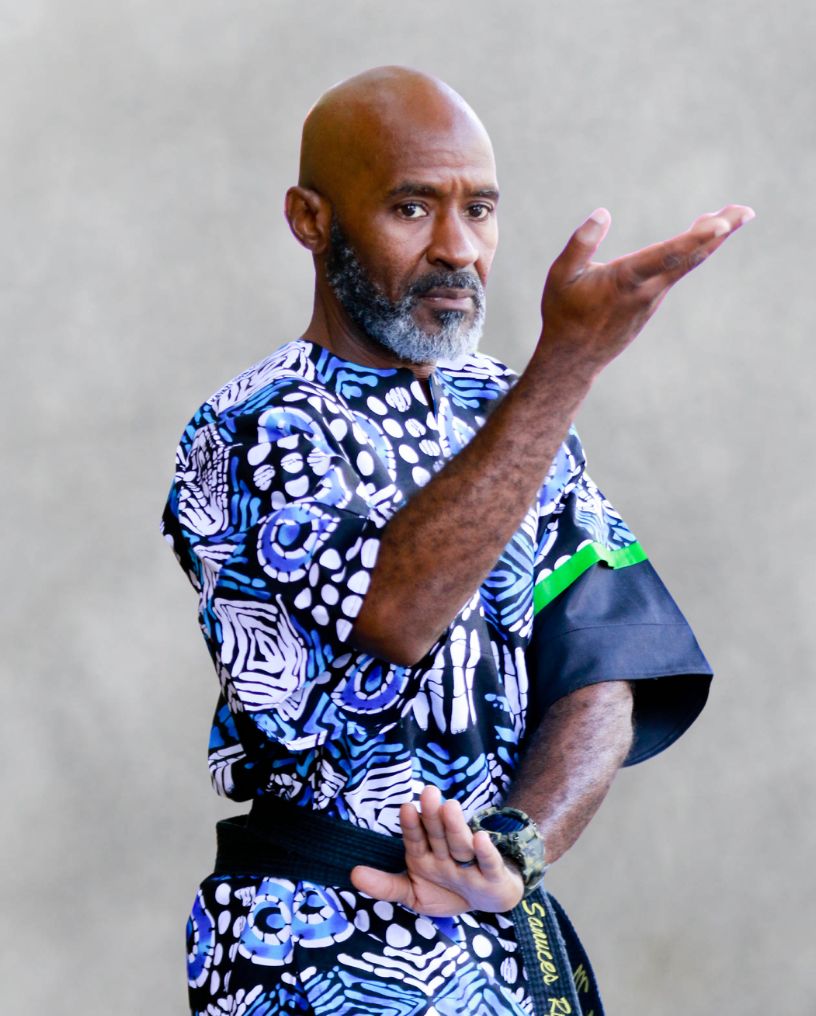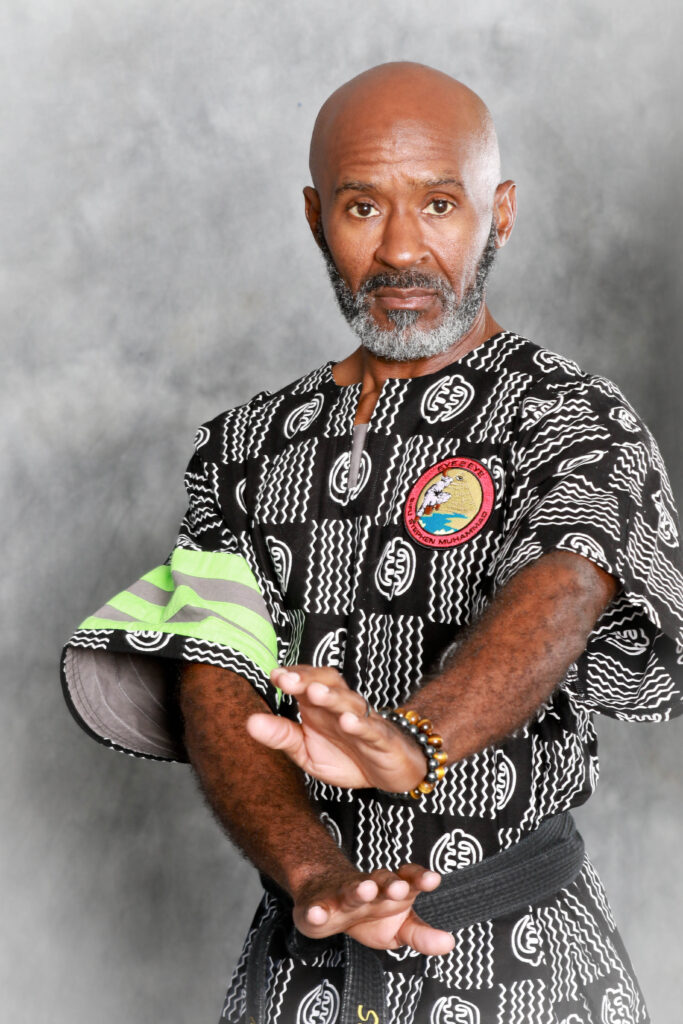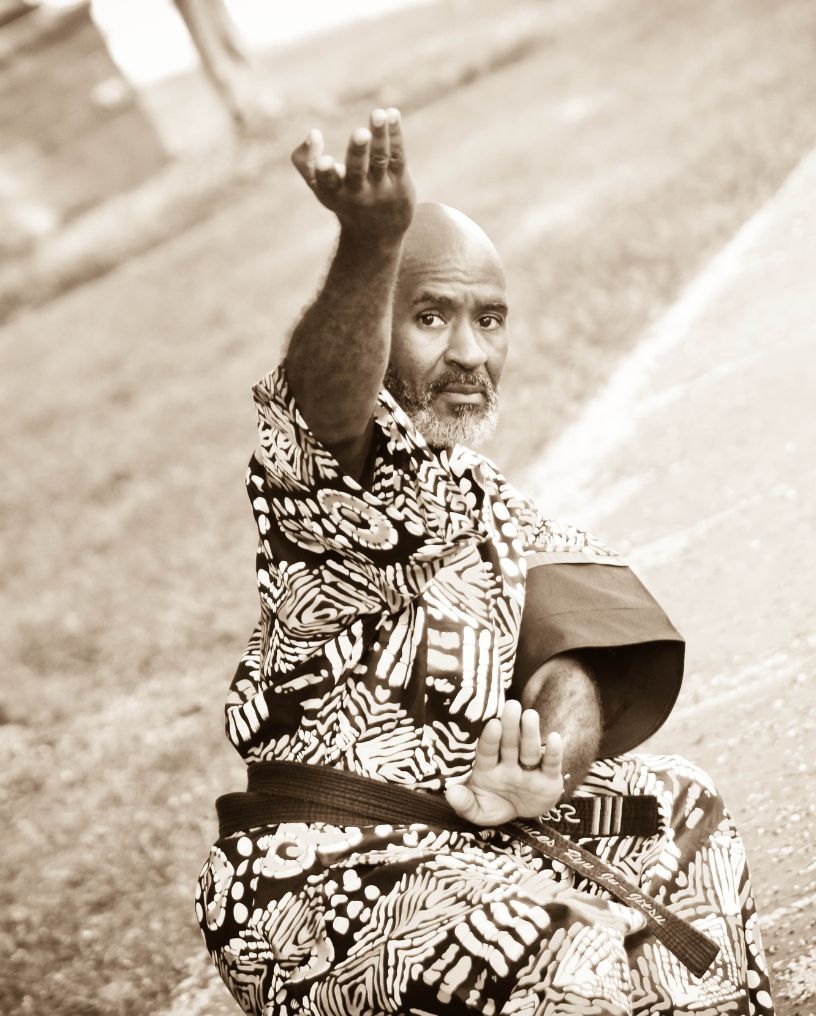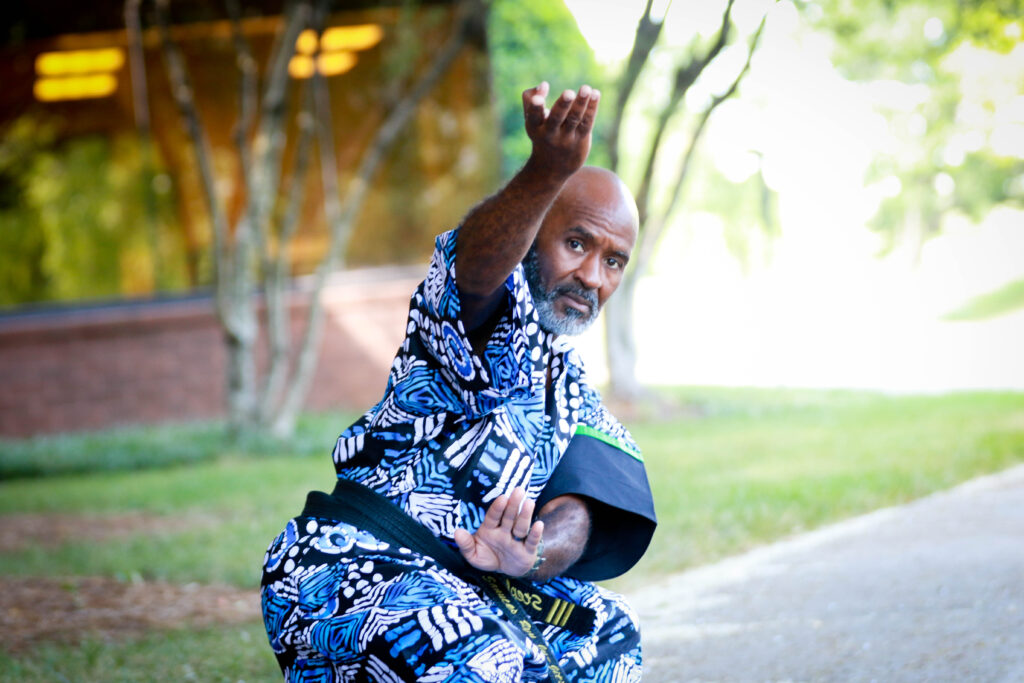Somewhere along the way, we lost something.
What ancient warriors knew that we forgot isn’t buried under ruins or locked in secret scrolls. It’s in the way they trained, thought, and moved through life.
They studied combat, yes—but they studied people even more. They prepared their bodies, but their minds were sharper. They carried a code, built a rhythm, and moved with purpose.
The question isn’t whether that wisdom still matters. The question is: are we ready to bring it back?
Understanding the Warrior Code: More Than Just Combat
There’s a reason warriors were respected across civilizations. Their title didn’t come from winning fights—it came from how they lived.
Let’s break this down.
What Defined a True Warrior in Ancient Cultures
The warrior was accountable. Not because someone made them—but because they held themselves to a higher standard. Whether it was in feudal Japan, pre-colonial Africa, or ancient India, warriors understood their choices impacted everyone around them.
They weren’t thugs. They weren’t showmen. They were protectors.
They trained not for the thrill of violence, but to stay ready. That readiness applied to conflict, yes—but also to leadership, family responsibility, and personal growth. Their commitment was steady, even in peace.
The Role of Character and Self-Control in Conflict
Power without restraint is dangerous. The old warriors knew that. So before they learned how to take someone down, they learned how to center themselves.
In training today, we carry that same mindset. You don’t react because someone pushes your buttons. You breathe. You observe. You stay still long enough to choose your move—not just physically, but mentally.
Control in the dojo means control in conversation. On the street. At home. In leadership. It’s all the same discipline—expressed differently.
From Battlefields to Life Principles
These principles weren’t locked inside the training hall. They carried over into parenting, community building, and decision-making. The values weren’t switched on and off. They lived in the way warriors spoke, treated others, and held themselves accountable.
For many of us today, this is the part that’s missing—not the technique, but the depth behind it.
Why Modern Training Misses This Layer
Fast-track certifications, belt systems, viral clips—modern training gets loud, but not always deep. The structure can be good, but when the deeper “why” is lost, the technique gets hollow.
Reclaiming what the old warriors knew starts by remembering that your training is personal. Not performative. It’s not about beating someone. It’s about building someone—you.
The Hidden Science of Movement and Energy
We’ve talked about mindset. Let’s move into the physical side—but not in the way you might expect.
Ancient systems weren’t obsessed with raw strength. They focused on connection, rhythm, and subtle shifts in energy. This is where martial science really begins.
Feeling, Not Forcing: The Art of Energy Manipulation
In systems like Aikijitsu and Jiu-jitsu, the concept of energy isn’t just theoretical. It’s the foundation. You don’t meet force with force—you guide it. You let the opponent write the story, then you change the ending.
We train this through drills that teach you how to feel your partner’s intention through touch and timing. You’re not trying to overpower them. You’re leading the dance.
Grounding and Centering: Tools for Real-World Power
Balance is everything. It starts in your feet and flows through your spine. If you’re not grounded, you’re guessing.
Old-school training made sure you felt the ground, not just stood on it. They practiced breathing while rooted. They trained how to lower their center. This is the kind of control that keeps you stable even when life throws you off.
It’s also one of the first things we bring to every student. Before the flashy moves, we build the base.
Flow Over Muscle: Efficiency Over Aggression
You don’t need to hit harder—you need to hit smarter. Ancient warriors moved like water. Efficient. Fluid. Minimal.
We show students how to use the smallest shift to create the biggest effect. That includes slipping under a punch, off-balancing an opponent, or escaping without injury. It’s not about being soft. It’s about being smart.
Training the Senses, Not Just Reflexes
Reflex is physical. Sensitivity is strategic. That’s what old warriors trained. They sharpened their ears, their breath, their feel.
We use blindfold drills, slow-motion sparring, and energy-flow exercises to bring those senses online. Not for show—but because when things get real, these are the tools that matter.
Strategy Over Strength: Lessons from Ancient Combat
The best warriors weren’t chosen for size. They were respected for their strategy.
Here’s how they used their minds like weapons.
Reading the Opponent Before the First Move
A real fight often ends before the first strike. Warriors were trained to observe, read body language, listen, and wait for patterns.
That’s something we instill early. You’re not taught to rush. You’re taught to see. Posture, eye movement, breath—all these small cues let you know what’s coming before it comes.
This isn’t just for the street. It applies in daily life. A trained eye can read tension in a room, know when to speak, or know when to exit. That awareness is protection.
The Element of Surprise and Controlled Timing
Timing beats speed every time. The great fighters knew that hesitation, distraction, and tempo shifts could throw off even the most aggressive opponent.
We build this into how we train. Not just how to strike, but when. It could be a simple pause before a move. A slow setup that opens a fast escape. Or changing levels to create an opening.
Surprise doesn’t mean tricks. It means being a step ahead because you understand rhythm.
Minimalism in Movement: Precision Wins
Every move had to count. There was no wasted energy, no showboating.
That’s how we teach today. Small adjustments, clean techniques. You don’t need a big wind-up. You just need to know where to place your weight, how to align your structure, and when to move.
You don’t need five techniques for one situation. You need one that works.
Strategy as a Way of Life, Not Just a Fight Tool
The same mind that reads opponents can read a situation. That’s how warriors thought.
Strategy shows up in how you talk to your child. How you manage a difficult conversation. How you prepare for a challenge before it becomes a crisis.
This mindset doesn’t stop when class ends. It shapes how you show up for everything else.
Cultural Roots We’ve Lost in the Martial Arts World
Let’s talk history. And honesty.
Martial arts didn’t begin in glossy dojos with trophy cases. They were passed down in villages, camps, tribes, and temples—layered with story, spirit, and survival.
African and Indian Martial Arts: Erased but Not Forgotten
Many modern schools trace their lineage to Japan, Korea, or Brazil. But those systems were influenced by older roots—some from the African continent, some from India.
These systems weren’t structured by belt colors. They were lived traditions. They taught rhythm, flow, deception, and adaptability. Their influence is felt in everything from Bujutsu to modern-day Jiu-jitsu.
We make sure those roots aren’t ignored. Not out of nostalgia, but out of respect.
Rituals, Symbols, and Meaning Behind the Movements
Movements carried meaning. Every bow, every breath, every stance had purpose. These weren’t just drills—they were expressions of values.
Even the way students dressed mattered. That’s why we use custom uniforms that represent more than status. They reflect your commitment to growth. When you put it on, you’re putting on a mindset.
You’re stepping into something sacred, even if it’s just your first day.
Martial Arts as Storytelling and Legacy
In ancient times, techniques weren’t written down. They were passed by hand and story.
That spirit still lives in how we teach. Kids learn by doing. By listening. By watching the energy in the room. They take in more than technique—they absorb culture.
You’re not memorizing moves. You’re stepping into a tradition.
Why Cultural Awareness Enhances Your Training
When you understand where your movement comes from, it changes how you approach it.
You become more grounded. More intentional. You train with gratitude instead of ego.
We don’t just show you how to move—we show you why it matters. And that transforms your practice from routine to ritual.
Reclaiming What We’ve Forgotten: The Path Forward
Ancient warriors didn’t own their power by accident. They earned it. Through consistent, intentional work. The kind of work that built skill from the inside out.
If we want to reclaim what they knew, we’ve got to approach our training—and our lives—the same way.
Training the Inner Self Before the Outer Form
Before your hands move, your mind moves. And your thoughts have weight.
That’s why we always start with awareness—of breath, of space, of purpose. It’s not about pretending to be peaceful. It’s about building stability you can rely on when things get shaky.
This isn’t abstract. It’s trained. Your posture shifts. Your eye contact changes. Your decisions sharpen. And you start to move like someone who knows themselves.
That’s when the physical part starts to matter.
Integrating Old Wisdom Into Modern Practice
You don’t need to live in the mountains to apply ancient wisdom. You need consistency, reflection, and tools that actually work.
Here’s how we bring it into everyday training:
- Breathing drills that clear mental noise before class even begins
- Movement that builds awareness before power
- Techniques that work in close, real-world situations—not just theory
- Structured repetition that trains focus, not just muscle
This is how warriors trained—focused, present, and humble. Every session was a step toward clarity.
That’s how we train now, too.
Respect and Community as Core Practice
You don’t train alone. Even when you’re by yourself, you’re standing on the foundation of those who taught before you.
Respect isn’t a bow at the beginning of class—it’s in how you carry yourself. It’s in the way you speak to others. How you spot someone struggling and step in, without needing credit.
Training creates strong individuals. But community is what keeps those individuals steady.
We build both.
Becoming a Warrior for Modern Times
This isn’t about fantasy. No capes. No movie scenes.
This is about becoming someone who can protect, lead, stay calm under pressure, and act when others freeze.
You don’t need a battlefield. You need clarity, consistency, and courage. That’s the path forward.
Not a return to the past—but a full step into the present, guided by what ancient warriors knew and we’ve been too distracted to remember.
Become the Kind of Warrior You’d Want Beside You
Ancient warriors didn’t leave behind secret techniques—they left behind a mindset. What they mastered wasn’t flashy or complicated. It was sharp, centered, and tested through discipline.
That same clarity is still available, and it’s exactly what we teach. If you’re ready to train with intention, focus, and real-world skill, our private defense classes are built for that.
Book a session at Eye2Eye Combat, and let’s bring that warrior wisdom back to life—through you.





